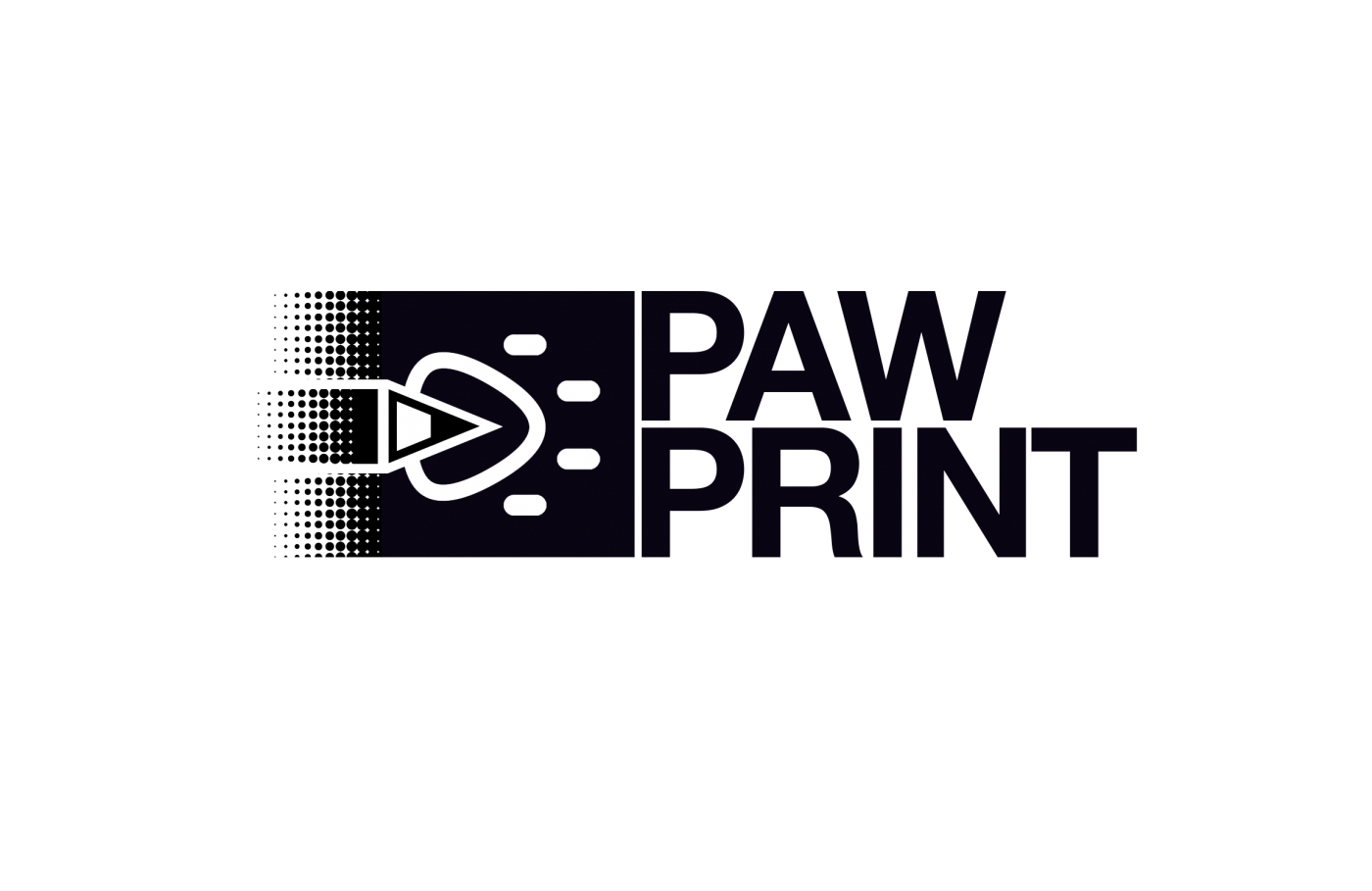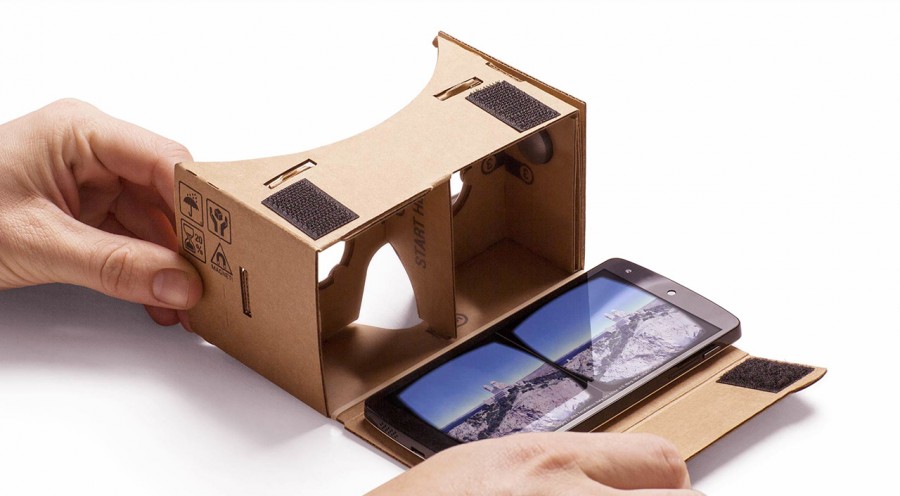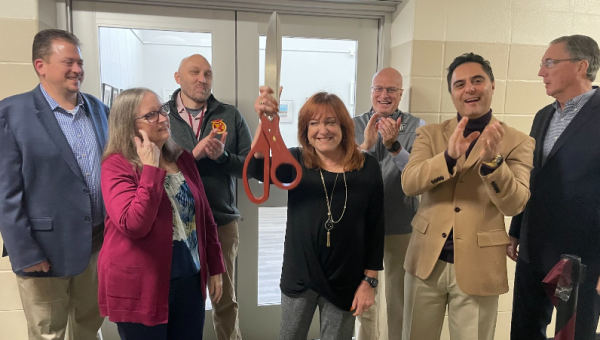How Google is Revolutionizing Virtual Reality with a Cardboard Box
Two years ago, virtual reality was an expensive toy for gamers. Today, that’s no longer the case, thanks to Google Cardboard.
A few weeks ago, readers of the New York Times received something special with their newspaper. A nondescript cardboard box emblazoned with the Times logo accompanied the bundle of papers on each doorstep. Upon opening the box, readers discovered that they had received a Google Cardboard virtual reality headset. By simply downloading a smartphone app and sliding their phones into the headset, everyday people like me were able to experience virtual reality for the first time.
The idea of virtual reality is simple but powerful: What if you were able to experience virtual worlds as if they existed around you in real life? Virtual reality has become a major factor in the gaming industry with immersive headsets like the Oculus Rift, which had a wildly successful Kickstarter campaign and was later bought by Facebook. Thanks to Google, the concept of virtual reality has spread to new fields such as entertainment and education.
Cardboard’s goal is simple: to utilize the power and functionality of the smartphone in order to bring unprecedented virtual reality experiences to everyone. In order to make Cardboard affordable enough to give away, Google constructed the headset out of, well, cardboard. Cardboard’s rigidity and portability allow for the easy mass production of headsets.
Google also cut costs by eliminating one key feature of the headset: the technology inside it. Unlike most virtual reality headsets, Cardboard is simply a bespoke case for a smartphone. Without a smartphone inside, the headset is basically a cardboard box with embedded lenses. The real magic of Cardboard happens when you slide a phone into it. After a quick setup, you can take a tour of a museum, walk the streets of Rome, or observe ancient artifacts. My personal favorite part of Cardboard is Kaleidoscope, which simply throws a bunch of blocks at you in 3 dimensions. It’s pretty weird, but fun and intriguing.
The New York Times was just one of many organizations to give away thousands of Google Cardboard units. If you weren’t lucky enough to receive one with your newspaper, Google Cardboard is available on Amazon for about $20. Cardboard-compatible apps from third-party developers are available for free on Google Play and the App Store. Now more than ever, people all over the world can experience the immersive experience of virtual reality technology.





